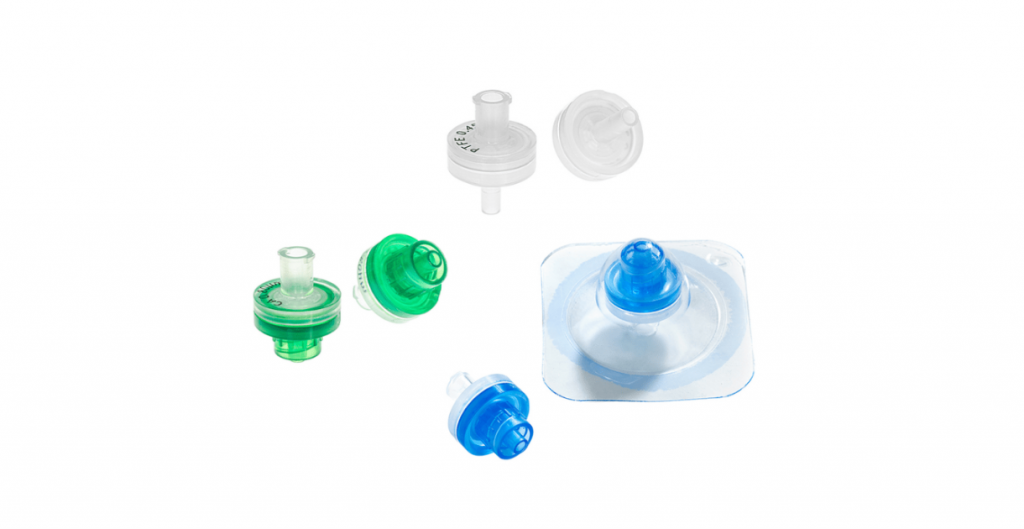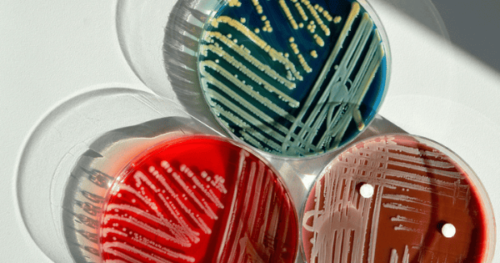Introduction:
Life science research encompasses a vast array of disciplines, all aimed at unraveling the mysteries of life itself. From studying complex biological processes to exploring the building blocks of living organisms, scientists rely on various tools and techniques to advance our understanding. One such essential tool that plays a crucial role in ensuring accurate and reliable results is the syringe filter. In this blog, we will delve into the world of life science research and shed light on the significance of syringe filters in this field.
What is a Syringe Filter?
Before we dive into its importance, let’s first understand what a syringe filter is. A syringe filter is a small, disposable device that consists of a membrane housed within a plastic housing. It is designed to remove particulate matter, contaminants, and microorganisms from liquid samples, ensuring their purity and integrity. Syringe filters are available in various pore sizes and materials, allowing researchers to choose the most appropriate filter for their specific application.
The Role of Syringe Filters in Life Science Research
2.1 Sample Preparation:
In life science research, sample preparation is a critical step. Whether it’s filtering cell cultures, removing particulates from protein solutions, or sterilizing media, syringe filters are invaluable tools. By effectively removing unwanted impurities, syringe filters ensure that the samples used in experiments are pure and free from interfering substances, leading to more accurate and reliable results.
2.2 HPLC and Analytical Techniques:
High-Performance Liquid Chromatography (HPLC) and other analytical techniques require precise filtration to maintain instrument performance and prevent damage. Syringe filters with low extractable materials and high chemical compatibility are essential in these applications. They help remove particulates and ensure the integrity of the sample, thus enhancing the accuracy and reproducibility of analytical data.
2.3 Sterilization:
In microbiology and biotechnology, maintaining a sterile environment is crucial. Syringe filters with sterile membranes act as a barrier against bacteria, fungi, and other microorganisms, preventing contamination of culture media, buffers, and other solutions. This is particularly important in cell culture work, where any contamination could compromise experimental outcomes.
Choosing the Right Syringe Filter:
Selecting the appropriate syringe filter is vital to achieve optimal results in life science research. Factors to consider include the membrane material, pore size, and compatibility with the sample or solvent. Different applications may require specific filter characteristics, such as hydrophilic or hydrophobic membranes, sterile or non-sterile filters, and filters suitable for aqueous or organic solvents. Understanding these specifications helps researchers make informed decisions and ensure the desired outcome.
Best Practices for Using Syringe Filters:
To maximize the efficiency and lifespan of syringe filters, it is important to follow a few best practices:
- Pre-wet the filter with an appropriate solvent before use to remove any air or trapped gases.
- Avoid excessive pressure during filtration, as it can lead to membrane damage or rupture.
Dispose of used filters properly, following laboratory waste management protocols.
Conclusion:
In the realm of life science research, where precision and accuracy are paramount, syringe filters play a crucial role in sample preparation, analytical techniques, and maintaining a sterile environment. These small but mighty devices provide scientists with the confidence that their results are based on pure, uncontaminated samples. By understanding the significance of syringe filters and choosing the right filter for specific applications, researchers can unlock the full potential of their experiments and contribute to advancements in the field of life sciences.
Remember, the journey of scientific discovery begins with attention to detail and the right tools, and the syringe filter is undoubtedly one of the unsung heroes in the realm of life science research



